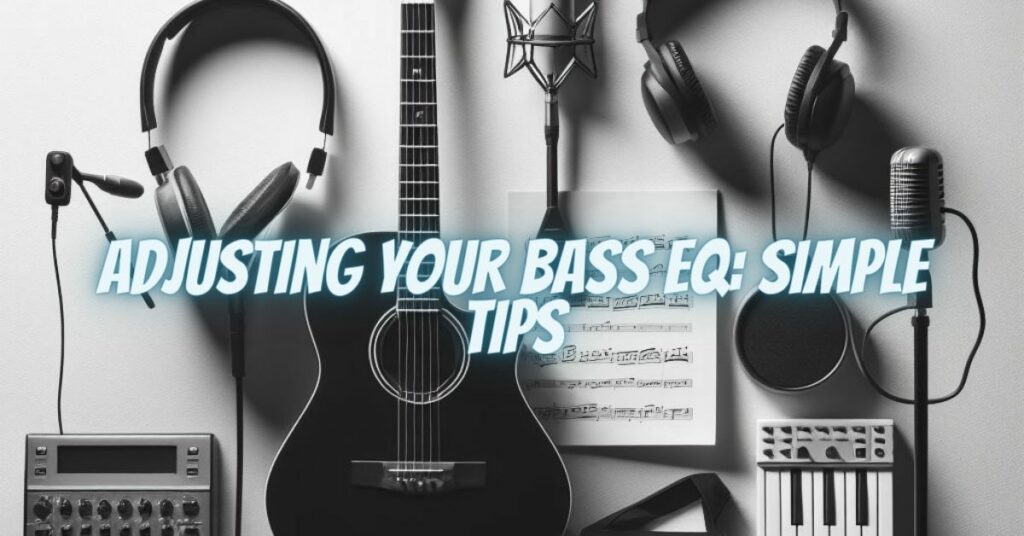To increase your bass EQ, you need to adjust the EQ settings on your amplifier or receiver. Most amplifiers and receivers have a bass EQ knob, which you can use to boost or cut the bass frequencies.
To boost the bass frequencies, simply turn the bass EQ knob up. To cut the bass frequencies, turn the bass EQ knob down.
You can also use a graphic equalizer to increase your bass EQ. A graphic equalizer has a series of sliders, each of which corresponds to a different frequency range. To boost the bass frequencies, simply slide the sliders for the low frequency ranges up. To cut the bass frequencies, slide the sliders for the low frequency ranges down.
It is important to note that there is no one-size-fits-all answer to the question of how to increase your bass EQ. The best EQ settings will vary depending on your speakers, amplifier or receiver, and the type of music you are listening to.
Here are a few tips for increasing your bass EQ:
- Start with a small boost. You can always add more bass later if you need to.
- Be careful not to overboost the bass. Overboosting the bass can make your sound muddy and distorted.
- Experiment with different EQ settings until you find a sound that you like.
- Listen to your music at a moderate volume. Listening to music at a high volume can damage your hearing.
Here are some additional tips for getting the most out of your bass EQ:
- Use a subwoofer. A subwoofer is a speaker that is specifically designed to reproduce low frequencies, such as bass. Subwoofers can produce much louder bass than regular speakers.
- Place your speakers in the right spot. The placement of your speakers can have a big impact on the sound quality of your music. For the best bass response, place your speakers in a corner of the room. You can also try placing them near a wall.
- Use a compressor pedal. A compressor pedal can help to even out your sound and make the bass frequencies more audible. Compressor pedals work by reducing the dynamic range of your sound, so that the loudest and quietest parts of your sound are closer in volume.
- Use a distortion pedal. A distortion pedal can help to add some grit and harmonics to your sound, which can make the bass frequencies more audible. Distortion pedals can also help to make your sound more punchy and exciting.
By following these tips, you can learn how to increase your bass EQ and get the most out of your sound system.

